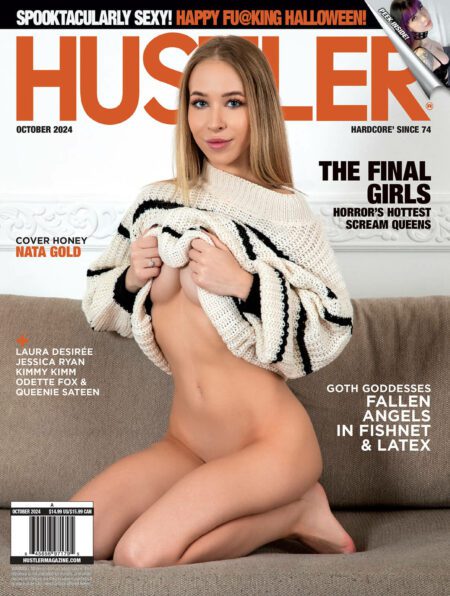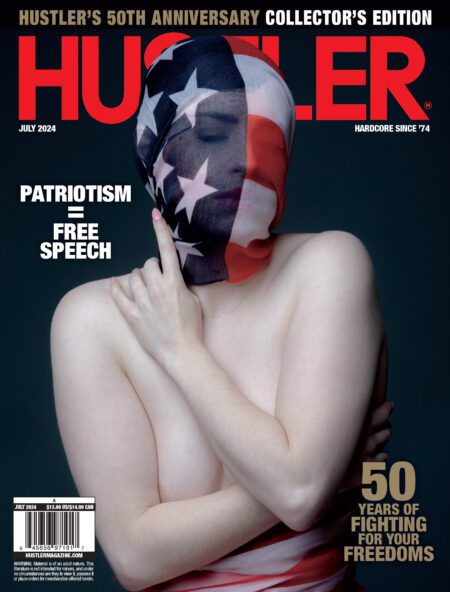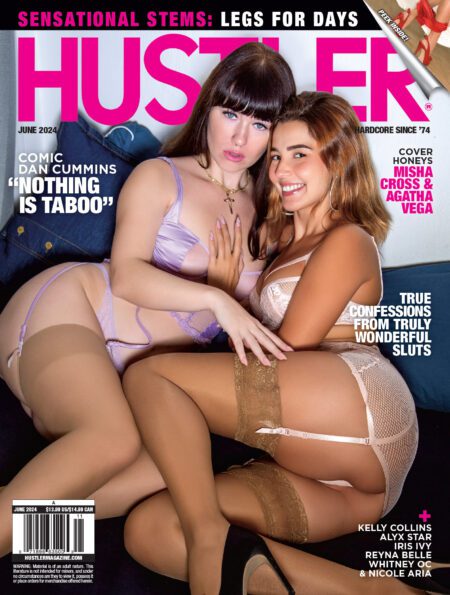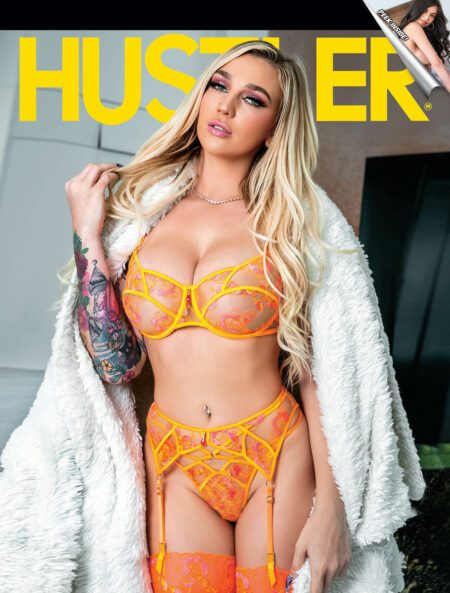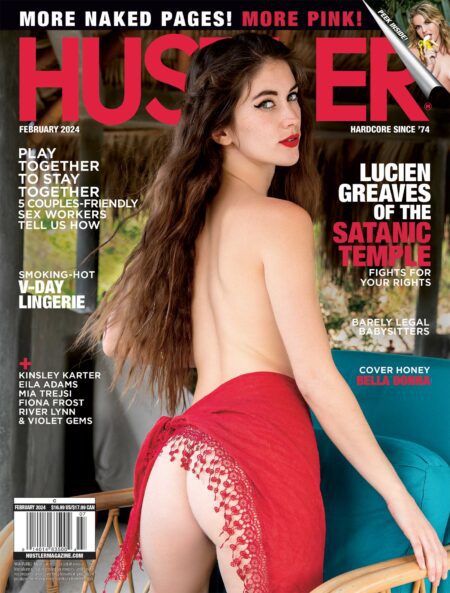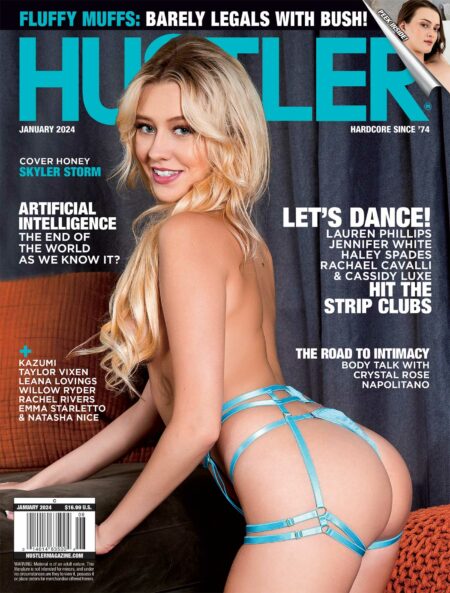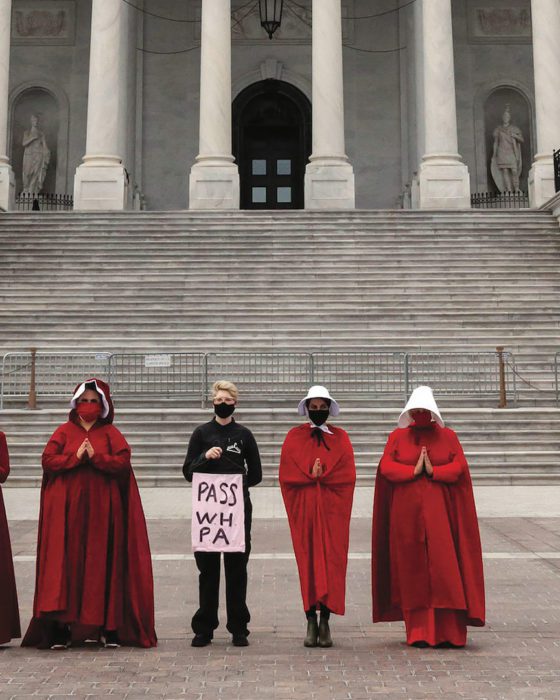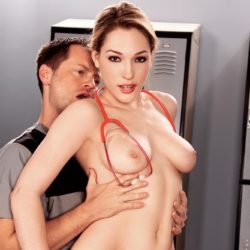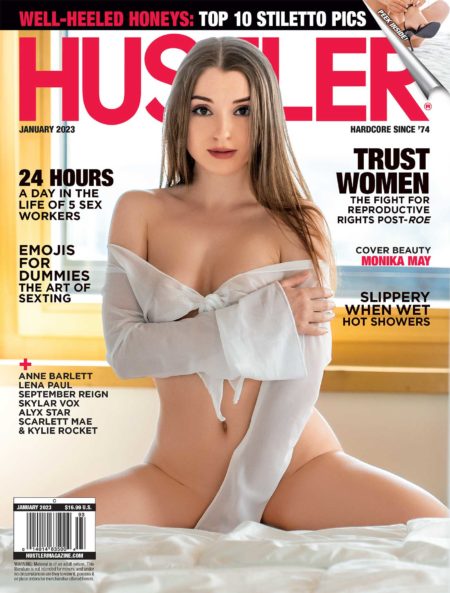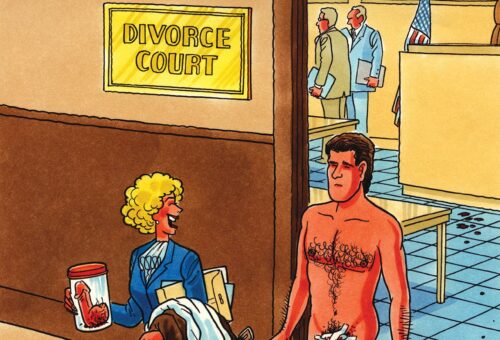
We knew it was coming. Early last May, a draft of the Supreme Court’s opinion revisiting Roe v. Wade was leaked, signaling that federal protection for abortion, the law of the land since 1973, was in jeopardy. Less than two months later, the most conservative High Court in 90 years stripped the right to reproductive autonomy from millions of Americans. Thirteen states had trigger laws already in place, just waiting for the legislative green light to ban abortion completely. We knew it was coming, but that didn’t make it any less devastating.
Abortion in America has always been fraught, regardless of its legality and despite the relative safety and ubiquity of the procedure. It has always had its share of villains: politicians, extremists and religious zealots who understand the power that comes with limiting reproductive agency. Where we are today is different than both the pre-Roe and the legal abortion days, but the common threads are the scores of people outside of the mainstream fighting for reproductive justice no matter the consequences. Mr. Rogers, children’s television host and beacon of calm, was known for saying, “When I was a boy and I would see scary things in the news, my mother would say to me, ‘Look for the helpers. You will always find people who are helping.’” Things feel understandably bleak right now. But the helpers are here. They always have been.
In the years leading up to the 1973 decision, abortion was classified as a felony in 49 states and the District of Columbia. Between 200,000 and 1.2 million illegal abortions were performed in the 1950s and 1960s, and by 1965, illegal abortions resulted in about 17% of pregnancy-related deaths—and that’s just what was reported. The Comstock Act was still in place, banning access to information about both birth control and abortion. Ending a pregnancy was often prohibitively expensive and incredibly dangerous, and the risks increased exponentially for poor women and women of color. In the 1960s, nearly one in ten low-income women in New York tried to terminate a pregnancy.
It’s hard to consider the relationship between religion and reproductive rights without thinking of the Catholic church, which has taken a definitive stance against abortion for literal centuries. Thankfully, that view is not representative of all believers. In fact, some of the earliest champions of the right to choose were religious leaders. In 1967, Howard Moody and Reverend Finley Schaef, civil rights activists and neighboring ministers in New York City, founded the Clergy Consultation Service on Abortion (CCS) out of what they considered a pastoral obligation to assist women in obtaining safe and affordable abortions. The real sin, as they saw it, was that while white women with money could travel out of the country or find doctors willing to perform a “therapeutic abortion” (one that was legal as long as the doctor deemed the pregnancy life-threatening), poor women and women of color didn’t have those options.
The first Clergy Consultation Service was made up of 21 Protestant and Jewish religious leaders. They educated themselves by speaking to gynecologists, lawyers and women who had had abortions, and they came up with a set of guidelines: Counselors had to be clergy, uphold confidentiality, charge no fees and only refer women to doctors who were safe, clean and licensed. Moody’s church administrator, Arlene Carmen, often posed as a pregnant woman to vet the bedside manner of providers, and she later became the national administrator of the CCS. Chapters were incorporated in 38 states, and by the time Roe became law, clergy members across the country had helped hundreds of thousands of women access abortion services.
Moody and his colleagues strongly believed that moving abortion care out of hospitals and into freestanding clinics was best for patients, and when New York state legalized abortion in 1970, they opened Women’s Services to provide a cheaper, more intimate and less intimidating experience to folks seeking abortions. Their clinic served more patients than New York City’s hospitals combined, charging as little as $25 for the procedure. Moody’s compassion also extended to drug users, people with AIDS and sex workers, and he saw a commonality between those to whom he ministered: “In the late ’60s, it was women being criminalized for getting an abortion. We identified with them, supported them and conspired with them to break the law in order that they might exercise the God-given right of freedom of choice.”




